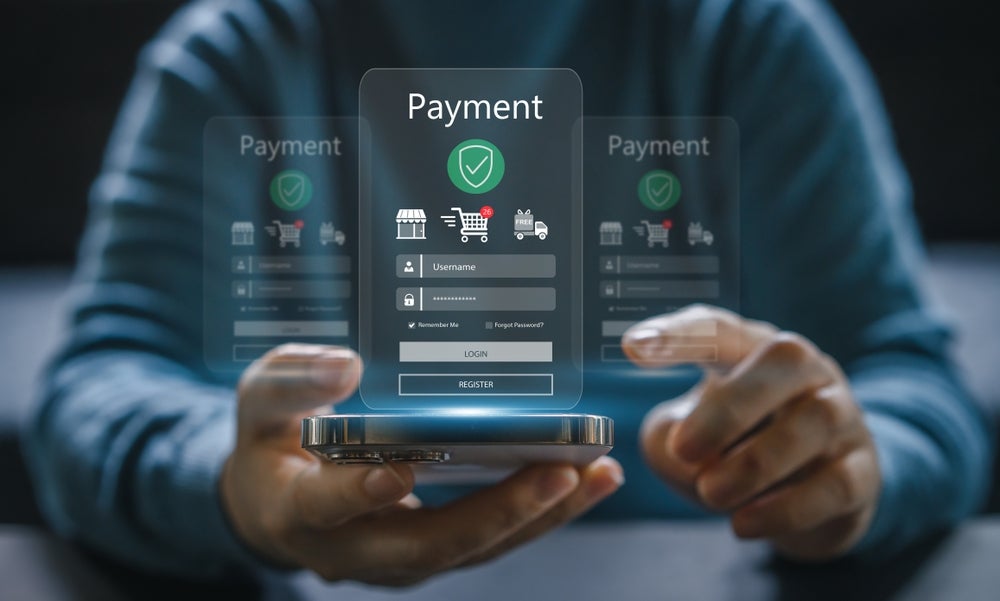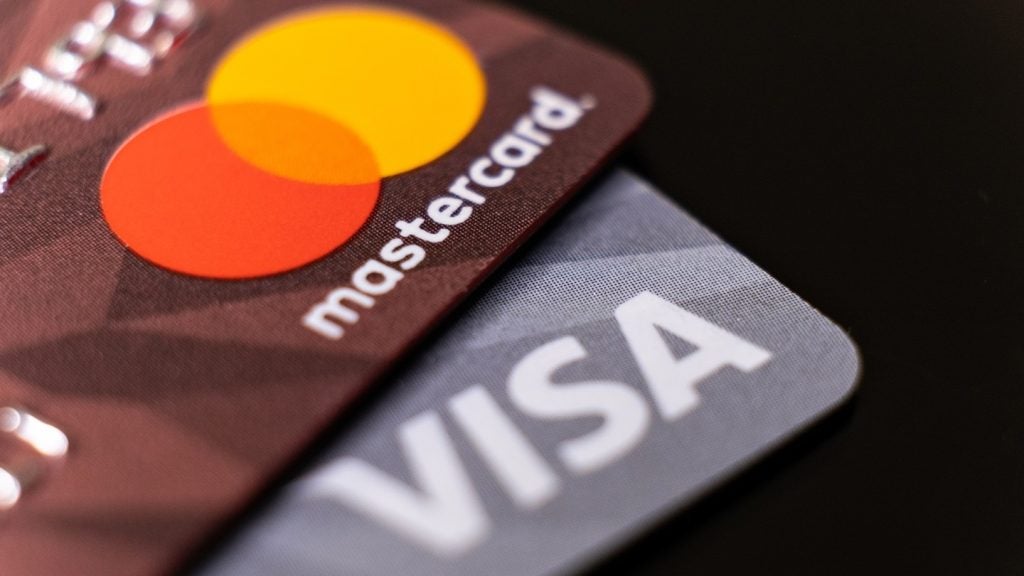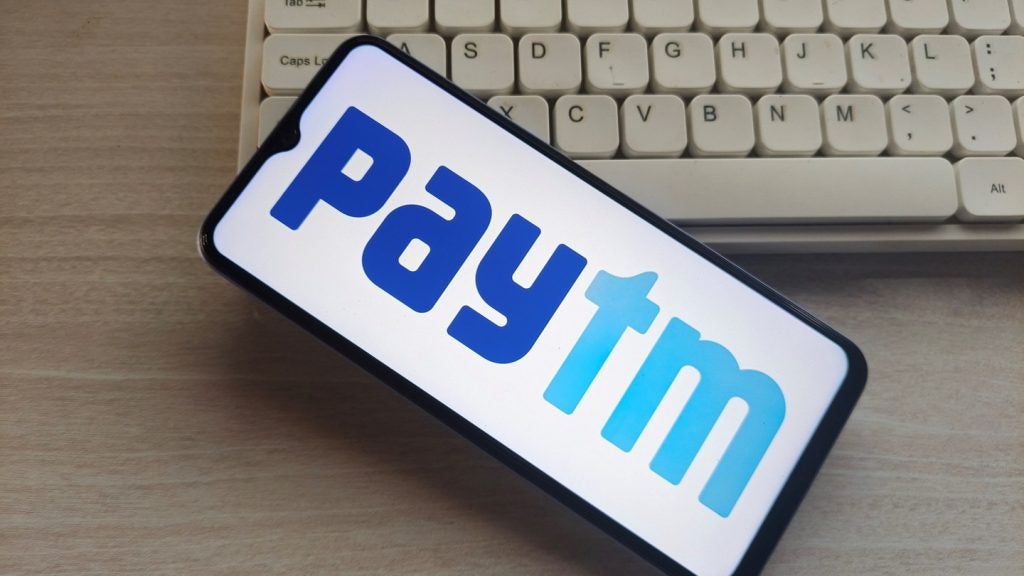As the summer sales approach, and retailers compete with each other for customers’ attention, one often underestimated lever can truly make the difference: payments. Considered a trivial formality at the end of the shopping experience, the payments stage represents an important point of contact between a brand and a customer, a decisive moment in the experience.
Today, payment interfaces do more than simply validate transactions, but offer a fast, seamless experience that can deepen customer loyalty. With integrated loyalty programmes, personalised suggestions and smooth transactions, these tools can transform a routine payment into a high value-added relational opportunity.
A key moment in the customer experience
Where lengthy, unintuitive processes can damage a brand’s image, a smooth, fast transaction ultimately leaves a positive impression on the customer. These moments are genuine opportunities for connection and engagement, and should not be perceived as just technical validations.
Each checkout is an opportunity to initiate a subtle dialogue, whether the payment is physical or digital, to remind customers of a loyalty advantage, propose personalised offers or simply underline the efficiency and reliability of the service. When well thought-out, payment reinforces satisfaction, trust and, ultimately, the desire to return.
In busy periods such as sales, when consumers’ attention is in high demand, the quality of the payment experience becomes a decisive factor in standing out from the crowd and turning occasional buyers into loyal customers. The smoother, more accessible and personalised the payment experience, the greater the chances of building loyalty.
Smart interfaces that build loyalty
The payment interface is no longer just a place to enter card details; it has become a smart touchpoint for driving customer loyalty. This highlights how transactions have become opportunities to increase customer value while emphasising the simplicity and efficiency of the payment process. With the seamless integration of loyalty programmes into the checkout flow, customers can see their loyalty status in real time, apply personalised offers and discounts, or activate contextual rewards at the time of transaction.

US Tariffs are shifting - will you react or anticipate?
Don’t let policy changes catch you off guard. Stay proactive with real-time data and expert analysis.
By GlobalDataAt the same time, the interface is able to offer personalised recommendations, such as complementary products, generated via algorithms based on factors such as purchase history. The point of payment can go beyond its utilitarian function, to become a genuine lever for satisfaction and loyalty, enabling not only the value of each transaction to be maximised, but also the establishment of an ongoing relationship with the customer, right up to the last moment.
Technology at the heart of customer relations
Features such as all-in-one payment and biometric recognition considerably reduce the effort required of customers. But beyond convenience, the payment interface also becomes a vehicle for emotional connection. By integrating the brand’s visual codes, tone and values, transactions help build a relationship with the user.
Often left neutral and purely functional, the payment stage is nevertheless a valuable channel for fostering loyalty. Unlike e-mail campaigns or interactions with customer service, it enjoys a high level of attention and is, crucially, unavoidable. Properly exploited, this interface becomes much more than a simple point of passage: it embodies the brand’s relational promise.
Today, payment is no longer simply the logistical culmination of the purchasing process, but a strategic lever for engagement and loyalty. By combining technical fluidity, functional intelligence and relational personalisation, the payment interface can transform an often neglected stage into a key moment in the customer experience. At a time when competition is as much about emotion as efficiency, every detail counts. For brands, it’s a unique opportunity to stand out, to extend the relationship beyond the transaction, and to make customers want to come back.
Jean-Philippe Niedergang is CCO Group & CEO EMEA at Castles Technology









